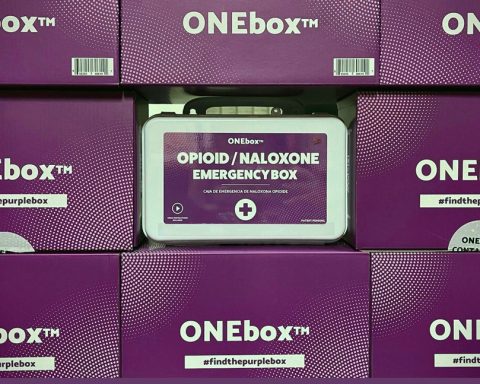News from the Noteworthy
Workforce Wellbeing Impacts
Business Bottom Line

The cost of doing business and staying in business is rising these days. It’s not just inflation, supply chain, COVID fallout and keeping the lights on. For most business owners and managers, that would be more than enough to contend with. We also know that it’s about the workforce and the overall wellbeing of the people we work with and work for. We are emerging from a dual pandemic (COVID and overdose deaths). Together, they have taken a significant toll on working adults and their families.
In a recent pilot study of central New York businesses (https://doi.org/10.1177/08901171221112488c), we found many hidden costs related to the wellbeing of people in the workforce. I identify them as hidden because they don’t typically show up by name in the usual metrics that are tracked by businesses.
You may wonder why a person from the field of addiction would be talking about the cost of doing business. It is because, based on hearing from more than 200 business leaders across the region, we found that workplaces are struggling and have very few cost-effective tools at their fingertips to address those struggles.
As we emerge from COVID, it is no surprise that 60 percent of leaders tell us that burn out, stress, fatigue, mental health, substance misuse, and general health concerns impact the financial health and productivity of their company. As more study is done, companies may find that those issues existed long before COVID, but the pandemic just served to amplify them.
Working in the field of addiction, I am keenly aware that stress, burnout, fatigue and other issues put people at higher risk for problems associated with substance use. Business leaders are keenly aware that these issues impact not only the people they care about in their workplace, but impact their bottom line.
The economic implications of diminished workplace wellbeing are stunning, but not surprising. Of the businesses we heard from in the survey, managers and supervisors told us they spend an average of 39 percent of their time on employee wellbeing (answers went as high as 70 percent). This costs the average small business (fewer than 100 employees) $25,134 per year of manager productivity. Large businesses (more than 500 employees) had an average cost of $3.4 million per year in employee productivity loss due to wellbeing issues.
These costs exist across public and private sectors, as well as corporate and non-profit entities. Struggles with wellbeing are pervasive in the workforce. Fortunately, the story doesn’t stop there. There is hope. Many public and private partners from around the region, through grants with the New York State Office of Addiction Supports and Services, as well the Appalachian Regional Commission, have been working on solutions-based responses to the workforce wellbeing crisis.
I never want to leave the reader with simply a description of the problem and then say, “There, that’s done!” So, check out next month’s “News from the Noteworthy” about the wellbeing work that is being done in our rural region pertaining to cost-effective, evidence-based solutions for workforce and workplace. There is good news to come.
Julie Dostal is executive director of The LEAF Council on Alcoholism & Addictions, Oneonta.




